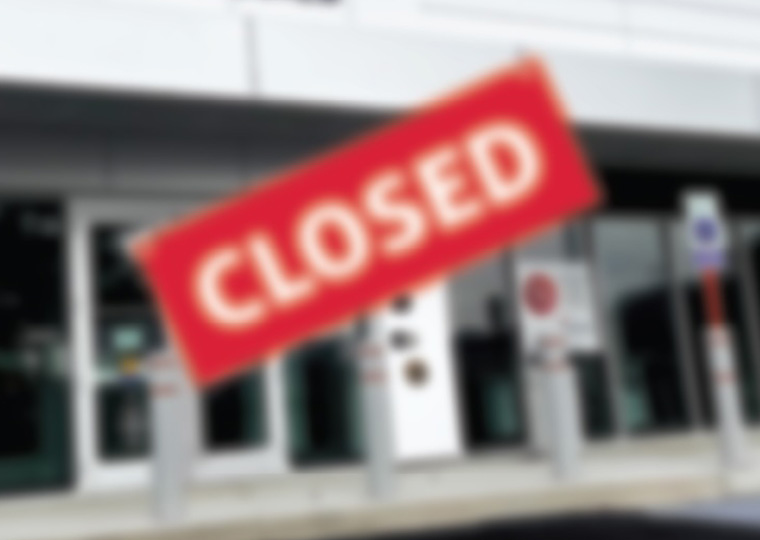Waiting until one product model runs out can be a costly mistake
For many consumers, there’s no sweeter sound than “free upgrade.” But in some cases, the replacement isn’t much of a step up. An energy-conscious rental-car consumer won’t care to be bumped from an economy model to a full-sized gas-guzzler. Or an airline passenger might resist moving from an aisle seat in coach to a middle seat in premium even though it has more legroom.
For companies, free upgrades are a way to avoid losing a sale when the requested product or service is out of stock. This is pretty simple if two products share most of the same features, as with hotel rooms where the main difference might be a better view or greater square footage.
Customers, however, balk at the offer when a product lineup has varying features — common among smartphone models, for example — and the upgrade lacks a desired feature.
A working paper by Chinese University of Hong Kong’s David Chen, UCLA Anderson’s Christopher Tang, Shanghai University’s Huihui Wang, Singapore Management University’s Rowan Wang and City University of Hong Kong’s Yimin Yu proposes a novel way to increase sales: Suggest an upgrade proactively, before stock of the requested product runs out. Such a policy, the paper suggests, can be more profitable than waiting to offer an upgrade until an item is unavailable.
How Upgrades Help Manage Inventory
It’s a matter of numbers, says Tang. By providing upgrades earlier in the selling period, before a product goes out of stock, the seller ensures that more potential buyers will receive — and accept — the upgrade offer, even if the probability of acceptance is low. This leaves more items available for those finicky shoppers who would always reject the upgrade.
“Because each upgrade offer has a certain acceptance probability, the expected number of upgrades is higher under proactive upgrade because you do it more often,” Tang says in an email exchange.
Customers turn down the offer of a free upgrade surprisingly often. Using information from a Chinese smartphone seller, the authors found that customers took an upgrade to a top-line phone from the next-lower model only 41% of the time and only 28% of the time when going from a midtier phone to the next higher model.
Tang has studied proactive upgrade policies before. Dell, the computer company, used a similar approach in the late 1990s during a semiconductor supply crunch to balance inventories among models that used different chips. The policy helped Dell boost its 1999 earnings by 41%, Tang’s analysis found.
Testing the Value of Proactive Upgrades
The latest paper uses a pair of models to test the value of proactive upgrades. One model estimates the probability a customer will accept the upgrade offer, while a separate decision-making model compares a seller’s expected profits over a selling period between the reactive and proactive upgrade policies.
To see how this works, consider two smartphones: a lower priced Model A and an upgrade Model B.
The probability that an upgrade will be accepted depends on two factors: the phone’s utility — does it have a desirable combination of features — and the customer’s sensitivity to price. Someone with high price sensitivity always accepts the offer because it’s a bargain, while there’s no need to offer a free upgrade to a low sensitivity shopper because she would be willing to pay full price for Model B.
The decision to offer an upgrade to Model B reactively, when Model A is out of stock, or proactively, depends in large part on the inventory levels of the two products. It’s no surprise that a seller should only offer an upgrade if the stock of Model B is high enough that they won’t run out before the end of the sales period.
When Model A stock is high enough, there’s no need to offer a proactive upgrade, since there will be enough in stock for those customers who won’t accept Model B as a substitute — though as the end of the season approaches, the seller will be more willing to offer an upgrade while some stock remains.
The proactive policy, the authors write, can “maintain a better balance of inventory throughout the selling season so that the seller can avoid losing sales.”
No matter the initial inventory levels, though, the analysis suggests that revenues will be higher with a proactive upgrade policy than with a reactive one. What’s more, under certain conditions — when Model A and Model B are similar enough and the customer is moderately sensitive to price — the proactive policy can create “significant value” for the seller.
Featured Faculty
-
Christopher Tang
UCLA Distinguished Professor; Edward W. Carter Chair in Business Administration; Senior Associate Dean, Global Initiatives; Faculty Director, Center for Global Management
About the Research
Chen, D., Tang, C.S., Wang, H., Wang, R., Yu, Y. (2021). Offering Free Upgrades Even before Stocks Run out: The Value of Proactive Upgrades. http://dx.doi.org/10.2139/ssrn.3777846






